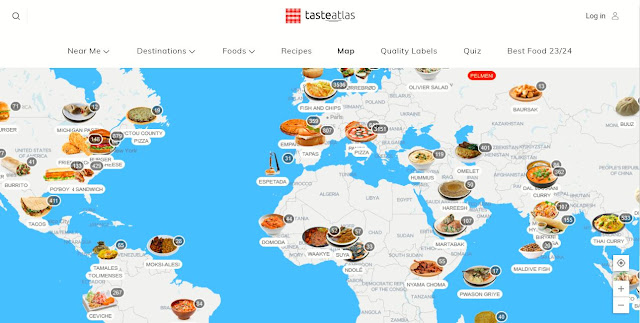Mango - the King of Fruits

Image source: Wikipedia Mango is an edible stone fruit produced by the tropical tree Mangifera indica . It originated from the region between northwestern Myanmar, Bangladesh, and northeastern India. India produces nearly 50% of the world’s mangoes, more than the next 9 countries combined. It is the second largest fruit crop after the banana. Exports however are miniscule. The total export volume was less than 0.5% of production in 2024-25 Within India, just two states, Uttar Pradesh & Andhra Pradesh, account for almost half of the nation's mango bounty. The famous Dasheri mango comes from Malihabad in Uttar Pradesh. Cultivars such as the Banaganapalle from AP and Alphonso and Kesar from the west have a pan-India market. Worldwide, there are several hundred cultivars of mango. Depending on the cultivar, mango fruit varies in size, shape, sweetness, skin color, and flesh color, which may be pale yellow, gold, green, or orange. Mango trees are known for ...
%20in%20Various%20Food%20Groups.png)


